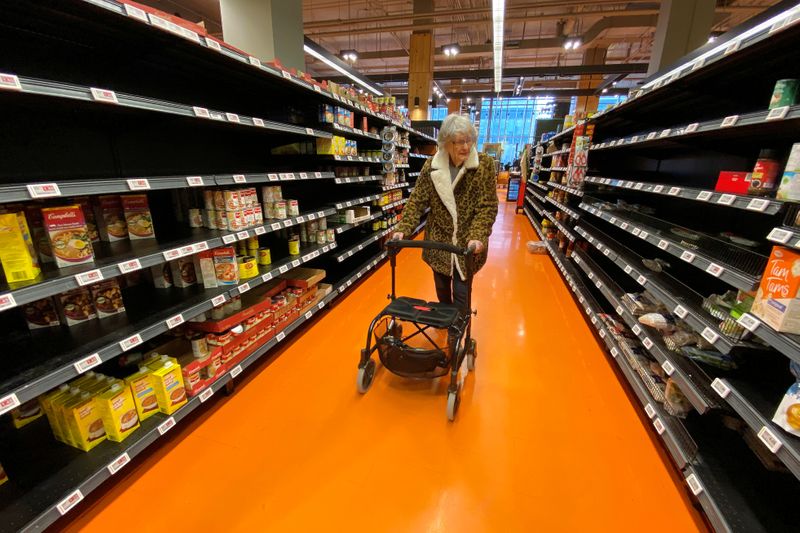OTTAWA (Reuters) – Canada’s annual inflation rate fell 0.4% in May, negative for the second month in row, as the COVID-19 pandemic pushed gasoline prices lower year-over-year, outweighing a jump in food costs, Statistics Canada said on Wednesday.
Excluding gasoline, the CPI rose 0.7%, the smallest increase since January 2013, Statistics Canada said. Analysts had forecast a flat rate of 0.0% in May, edging up from -0.2% recorded in April.
“This was quite a bit weaker than expected. We did see the core measure fall,” said Andrew Kelvin, Chief Canada strategist at TD Securities. “That suggests there is still a little bit more slack in the economy than forecasters expected or hoped.”
Transportation prices, mainly lower gas prices compared with May 2019, contributed the most to the decline in the annual CPI. Food prices, meanwhile, posted the largest year-over-year increase among the major components.
The data comes a day after Tiff Macklem, the Bank of Canada’s new governor, acknowledged that the consumer price index was not giving an accurate picture of inflation, as buying patterns have shifted due to COVID-19.
He said the bank was working with Statistics Canada to “get more representative figures to what Canadians are experiencing.”
Indeed, inflation has softened across many categories as job losses, shutdowns and border closures change how Canadians spend their money, and analysts say that deflationary pressure is likely to remain for an extended period.
“Retailers are needing to lower their prices to encourage consumers to come out a bit more and spend their money,” said Josh Nye, senior economist at RBC.
The Canadian dollar shrugged off the data and was trading nearly unchanged at 1.3543 to the greenback, or 73.84 U.S. cents.
CPI common, which the central bank says is the best gauge of the economy’s underperformance, was at 1.4 percent.
(Additional reporting by Dale Smith in Ottawa; Nichola Saminather, Moira Warburton and Fergal Smith in Toronto; Editing by Chizu Nomiyama and Jonathan Oatis)























